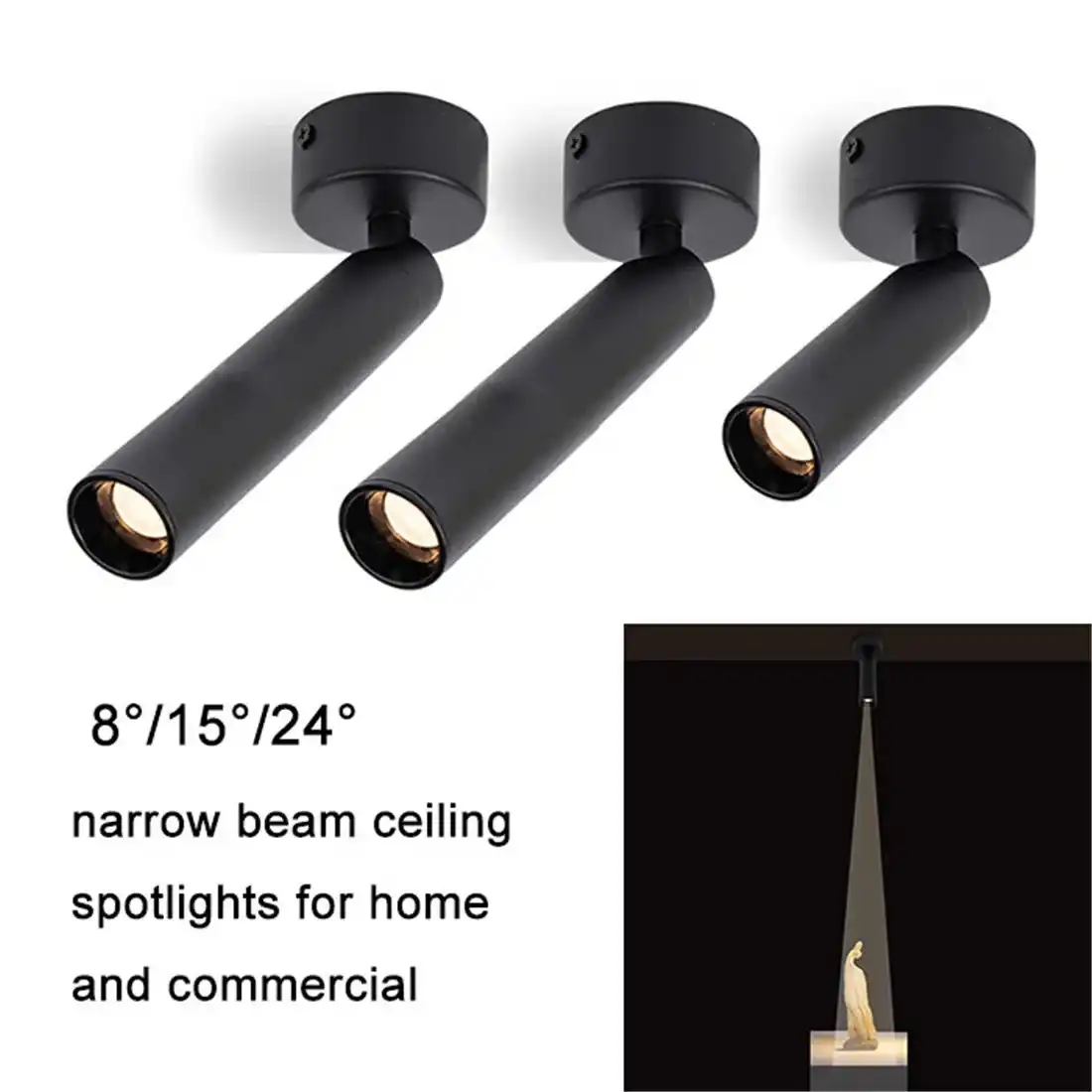Comprehending the Fundamentals: Downlights and Spotlights Explained
What Are Downlights?
Downlights, also known as recessed lights or can lights, are lighting fixtures installed flush with the ceiling. These versatile luminaires direct light downward, creating a clean and streamlined look. Downlights come in various sizes, styles, and finishes, making them suitable for both residential and commercial applications.
One of the key advantages of downlights is their ability to provide even, widespread illumination. This characteristic makes them an excellent choice for general lighting in spaces where a consistent level of brightness is desired. Downlights are particularly effective in rooms with low ceilings, as they don't protrude into the space, maintaining a sleek and uncluttered appearance.
What Are Spotlights?
Spotlights, as the name suggests, are designed to focus light on specific areas or objects. These fixtures typically feature adjustable heads, allowing users to direct the beam of light precisely where it's needed. Spotlights are available in various mounting options, including ceiling-mounted, wall-mounted, and track lighting systems.
The primary purpose of spotlights is to create visual interest and draw attention to particular elements within a space. They excel at highlighting artwork, architectural features, or decorative objects. Spotlights are also commonly used in retail environments to showcase merchandise and create an engaging shopping experience.
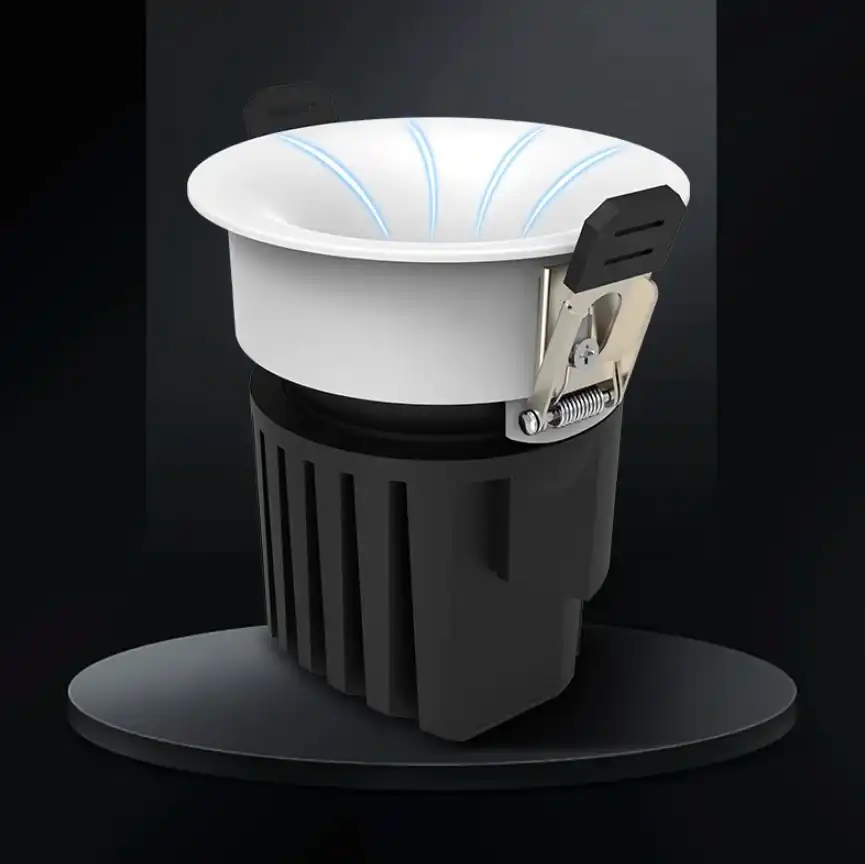
Comparing Performance: Illumination Quality and Energy Efficiency
Light Distribution and Beam Angles
When comparing downlights and spotlights, one of the most significant differences lies in their light distribution patterns. Downlights typically offer a wider beam angle, ranging from 60 to 120 degrees. This broad distribution creates a more uniform illumination across the entire room, reducing harsh shadows and providing comfortable ambient lighting.
Spotlights, on the other hand, feature narrower beam angles, usually between 15 and 60 degrees. This focused illumination allows for precise control over where the light falls, making spotlights ideal for accent lighting and task-oriented applications. The concentrated beam of a spotlight can create dramatic effects, enhancing the visual appeal of artwork or architectural details.
Energy Efficiency and LED Technology
Both downlights and spotlights have benefited significantly from advancements in LED technology. LED downlights and spotlights offer superior energy efficiency compared to their traditional halogen counterparts. The energy savings can be substantial, with LED options consuming up to 80% less power while providing comparable or even superior light output.
When it comes to energy efficiency, the choice between downlights and spotlights often depends on the specific application. In larger spaces where general illumination is required, downlights may be more energy-efficient as fewer fixtures are needed to achieve the desired light level. However, for accent lighting or task-oriented applications, spotlights can be more energy-efficient by directing light only where it's needed, avoiding unnecessary illumination of surrounding areas.
Color Temperature and Color Rendering
Both downlights and spotlights are available in a range of color temperatures, allowing users to create the desired ambiance in their space. Warm white (2700K-3000K) options create a cozy and inviting atmosphere, while cooler color temperatures (4000K-6500K) provide a more vibrant and energizing environment.
Color rendering is another crucial factor to consider when choosing between downlights and spotlights. High-quality LED fixtures in both categories can offer excellent color rendering index (CRI) values, typically above 80. This ensures that colors appear natural and vivid under the illumination. For applications where color accuracy is paramount, such as retail displays or art galleries, spotlights with CRI values of 90 or higher may be preferred.
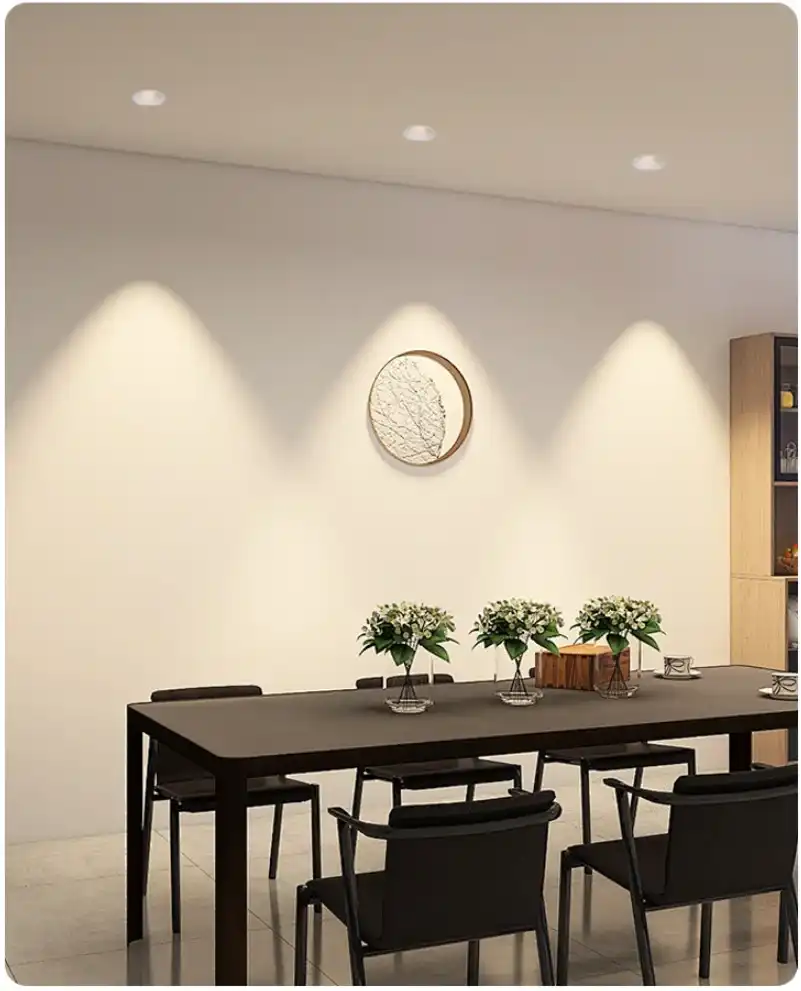
Practical Considerations: Installation, Maintenance, and Versatility
Installation Requirements
The installation process for downlights and spotlights can vary significantly, impacting both the initial cost and the feasibility of retrofitting existing spaces. Downlights typically require recessed housing to be installed in the ceiling, which can be more invasive and may require additional structural considerations. This is particularly true for retrofit applications in older buildings where ceiling space may be limited.
Spotlights, especially surface-mounted or track lighting options, often offer more flexibility in terms of installation. They can be easily added to existing ceilings without the need for extensive modifications. This makes spotlights a popular choice for renters or those looking for a quick and easy lighting upgrade.
Maintenance and Longevity
When it comes to maintenance, both downlights and spotlights benefit from the longevity of LED technology. Quality LED fixtures can last up to 50,000 hours or more, significantly reducing the frequency of replacements compared to traditional lighting options.
Downlights, being recessed into the ceiling, may accumulate dust and debris over time, potentially affecting their performance. Regular cleaning of the lens or diffuser can help maintain optimal light output. Spotlights, particularly those mounted on tracks or surfaces, are generally easier to access for cleaning and maintenance.
Versatility and Adaptability
Both downlights and spotlights offer a degree of versatility, but in different ways. Downlights provide a clean, integrated look that complements various architectural styles. They can be installed with adjustable trims, allowing for some directional control of the light beam. Additionally, dimmable downlights offer flexibility in creating different moods and atmospheres.
Spotlights excel in terms of adaptability, particularly when installed on track systems. Users can easily adjust the direction and focus of individual fixtures, making them ideal for spaces that undergo frequent rearrangement or require changing lighting scenarios. This flexibility is particularly valuable in retail environments, art galleries, or home settings where lighting needs may evolve over time.
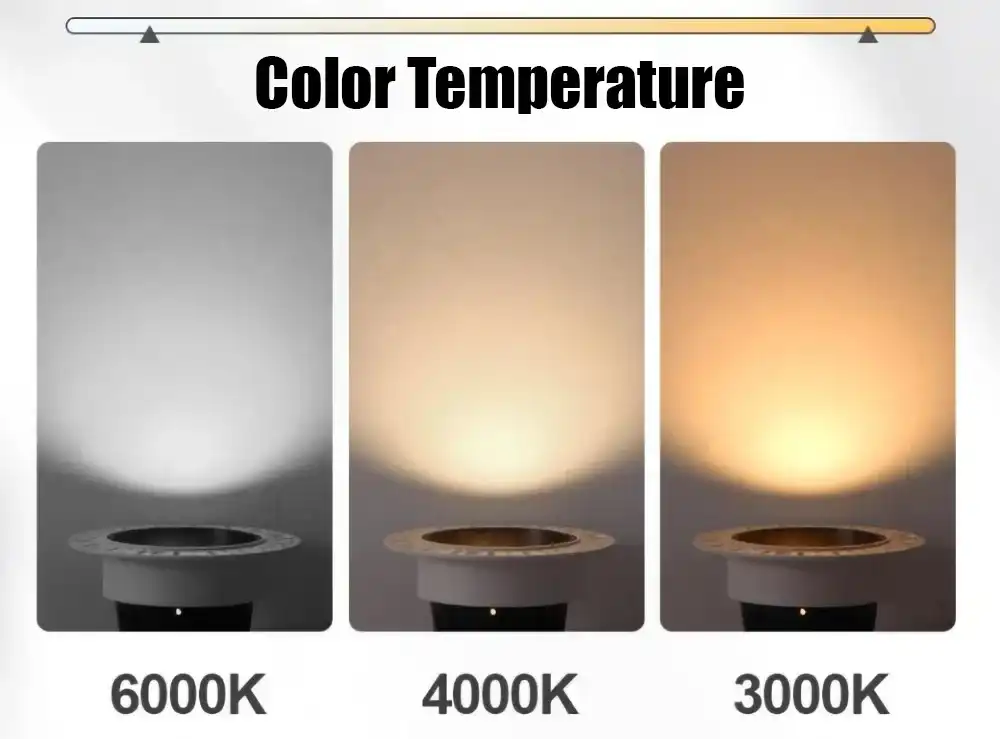
Conclusion
Choosing between downlights and spotlights ultimately depends on your specific lighting needs, the characteristics of your space, and your design preferences. Downlights offer widespread, even illumination and a sleek, integrated look, making them ideal for general lighting in various settings. Spotlights provide focused, directional light that excels in accent lighting and task-oriented applications.
For optimal results, many lighting designers recommend combining both downlights and spotlights in a layered lighting approach. This strategy allows you to create a well-balanced lighting scheme that addresses both general illumination and accent lighting needs.
If you're still unsure about which lighting solution is best for your space, consider consulting with a lighting professional or reaching out to reputable manufacturers for guidance. For more information on LED lighting products and solutions, feel free to contact USKYLED at sales@uskyled.com. Our team of experts is ready to help you illuminate your space in the most effective and aesthetically pleasing way possible.
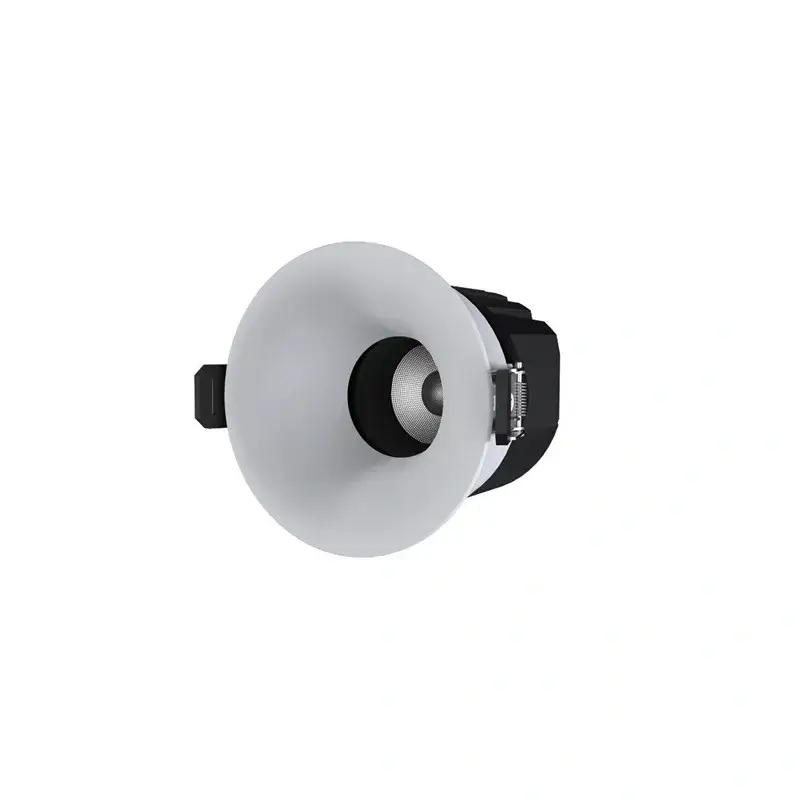

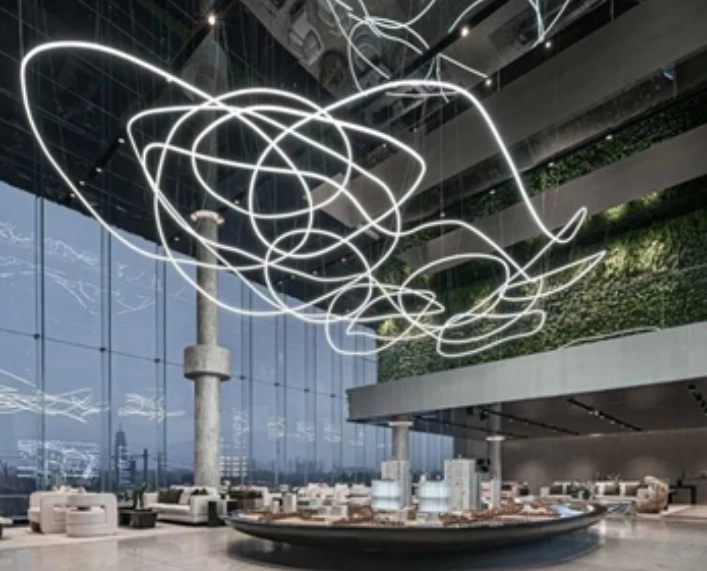
![What is Dimmable Track Lighting for Museum: Best Guide [2025]](/icms/upload/0d08cc601e7611f0b542b3ca0c0f4a83/pic/knowledgemanager-knowledgepic/e7879f32605f11f081911f363b8c1ed0/Directory/20250717 dimmable track lighting -1(1)_1752739217941.webp)
